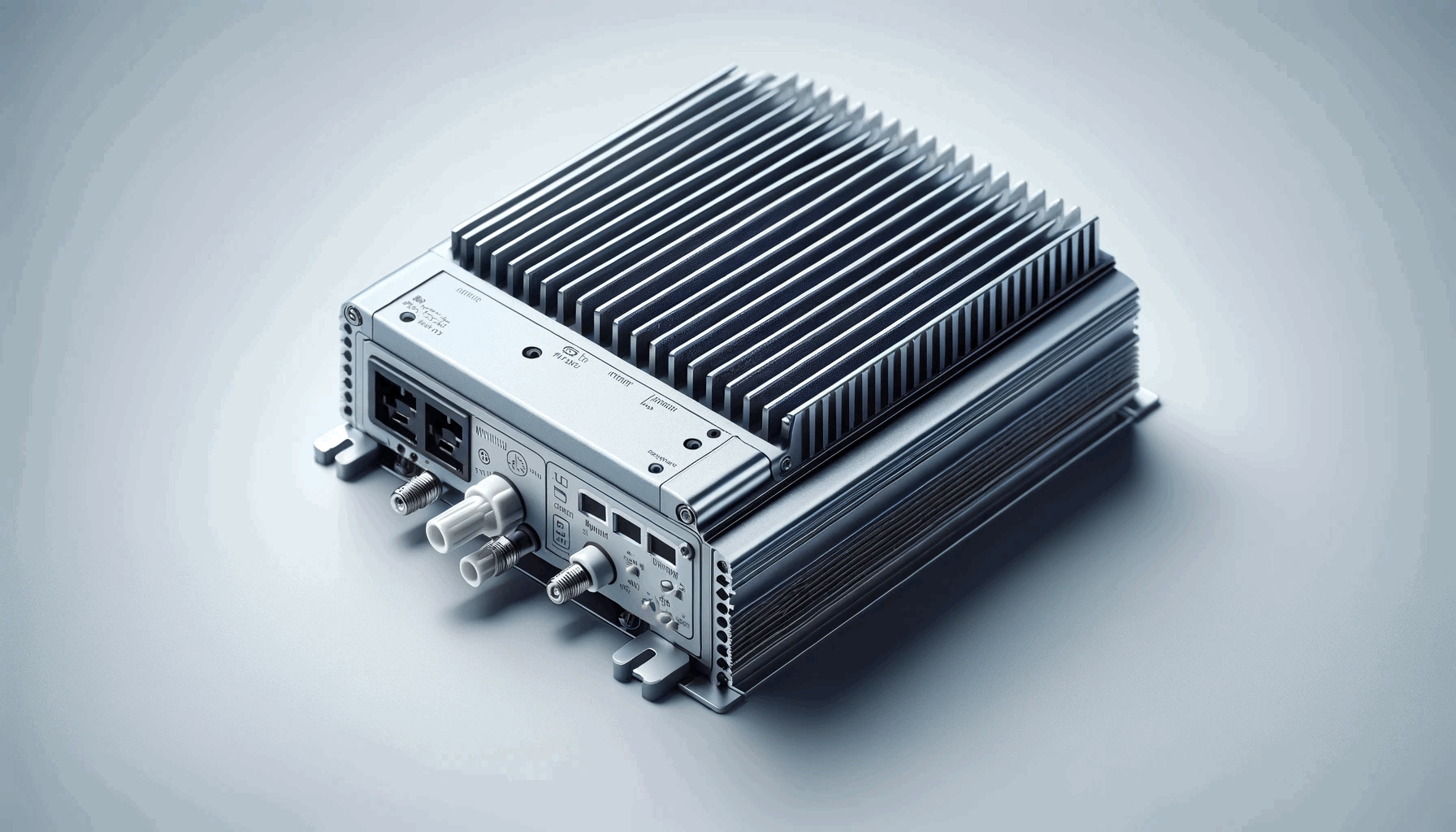A solar power inverter is a device that converts direct current (DC) electricity from a solar panel into alternating current (AC) electricity that is used in most appliances that plug into the wall sockets in homes and other buildings. The inverter is one of the most important components of a solar power system. It can greatly impact system performance and efficiency.
There are two main types of solar power inverters: string inverters and microinverters. String inverters are connected to multiple solar panels in a series and handle the power from all the panels simultaneously. In contrast, microinverters are individually connected to each solar panel, so there is one for each panel. String inverters are typically less expensive than microinverters. Still, in some cases, they can be less efficient, especially if shading is on one or more solar panels; however, there is little difference in efficiency. A good article on this subject is on the SolarQuotes Blog: Microinverters Perform No Better Than String Inverters. Microinverters are more expensive than string inverters but can help improve the performance of a solar power system in the event of shading.
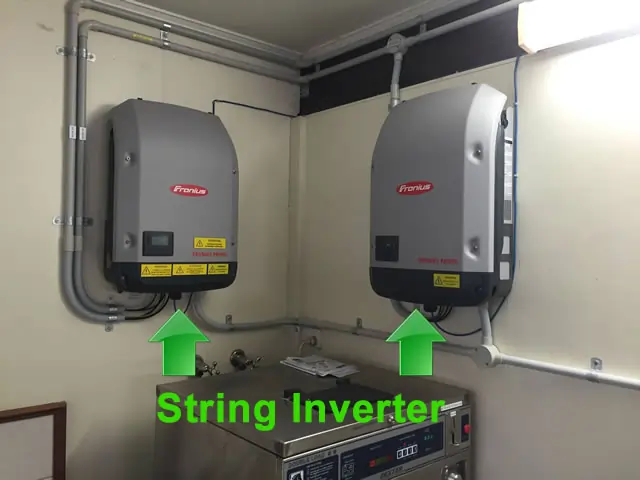
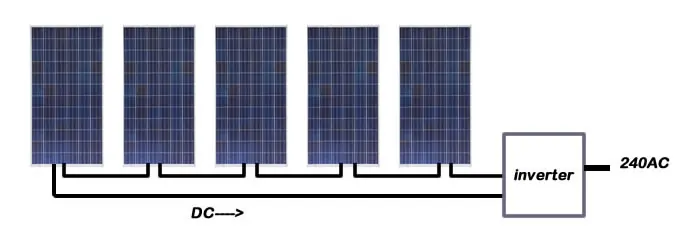

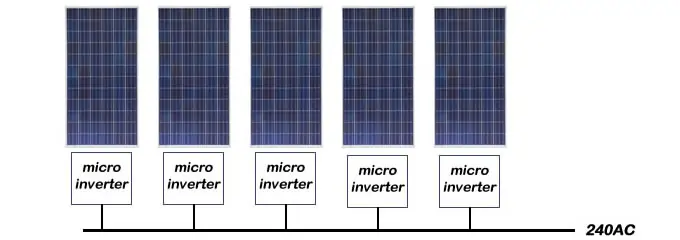
Microinverters vs String Inverters
Advantages of Microinverters:
Individual panel optimisation: Microinverters allow for each panel to operate independently, meaning that if one panel is shaded or malfunctioning, it won't impact the output of the other panels.
Improved efficiency: Microinverters can increase the overall efficiency of a solar energy system by up to 20% compared to string inverters. This is due to the individual panel optimisation and the elimination of energy loss due to shading or module mismatch.
Monitoring: With microinverters, it's possible to monitor the performance of each individual panel, allowing for easier troubleshooting and maintenance.
Disadvantages of Microinverters:
Higher cost: The cost of microinverters is generally higher than string inverters due to the need for more individual components.
Installation complexity: The installation of microinverters requires more time and labour than string inverters, as each panel needs to be wired and connected to its own inverter.
Advantages of String Inverters:
Lower cost: String inverters are generally less expensive than microinverters due to the lower number of components needed.
Simpler installation: String inverters are easier and quicker to install as they require fewer components and wiring.
Disadvantages of String Inverters:
Lack of panel optimisation: With string inverters, all panels are connected in a series, meaning that if one panel is shaded or malfunctioning, it can impact the output of the entire system.
Lower efficiency: String inverters are less efficient than microinverters due to the impact of shading or module mismatch on the entire system.
In summary, microinverters and string inverters have advantages and disadvantages. Microinverters are more efficient and allow for individual panel optimisation, but they are more expensive and require more complex installation. String inverters are less costly and simpler to install but lack individual panel optimisation and are less efficient. The choice between the two depends on the specific needs and goals of the solar energy system.
Effect of Shade on Solar Panels
Solar panels generate electricity by converting the sun's light energy into electrical energy. The amount of electricity a solar panel produces is directly proportional to the amount of sunlight it receives. Therefore, shading can significantly impact the output of a solar panel.
When a portion of a solar panel is shaded, the shaded cells produce less electricity than the unshaded cells. This is because solar panels are made up of individual solar cells that are connected in series. When one cell is shaded, it acts like a resistor, which reduces the amount of current flowing through the entire panel. This effect is known as the "Christmas light effect," as it's similar to what happens when one bulb in a string of Christmas lights goes out, causing the whole string to go dark.
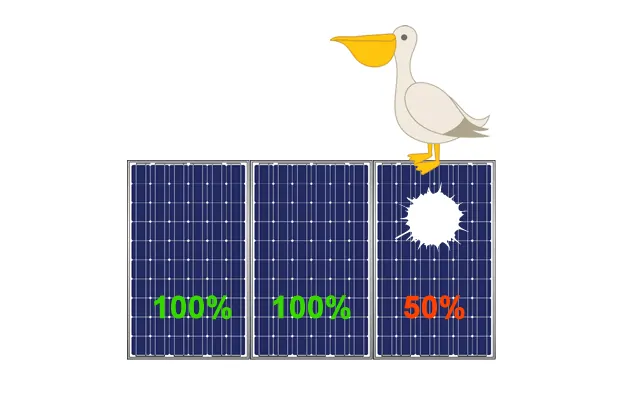
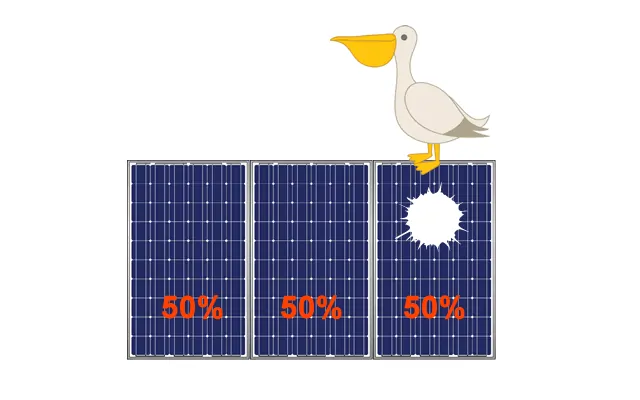
Shading can also cause a phenomenon known as hotspots, where the shaded cells can become significantly hotter than the rest of the cells. This is because the shaded cells are absorbing less energy and converting it into electricity, which leads to a buildup of heat. Hotspots can damage the cells and reduce the overall lifespan of the solar panel.
To minimise the impact of shading, it's important to design solar panel systems that take into account the potential for shading. This can include positioning the panels to maximise their exposure to sunlight, using technologies like micro-inverters or power optimisers that minimise the impact of shading on the entire system, and carefully selecting the location of the solar panels to avoid shading from nearby trees or buildings.
Here is a brief overview of each of the top brands of inverters in Australia:
Enphase Energy
Enphase Energy is a US-based manufacturer specialising in microinverters for the solar market. Their microinverters operate per panel, offering advantages such as redundancy, flexible system design, individual panel monitoring, and enhanced safety. The latest generation, Enphase IQ 7 series, is lighter and supports more powerful solar panels. The upcoming IQ8 family, expected in 2023, will be "grid-independent," providing electricity during blackouts without a battery. Enphase is a global leader in microinverter technology, with offices worldwide. They also produce solar batteries, monitoring systems, and other energy-related products. Enphase has been recognised for its quality and ranked highly in industry awards. They offer a 10-year warranty on microinverters and provide support for warranty claims.
Enphase Energy website
Enphase Energy reviews on SolarQuotes
SolarEdge
Israeli company SolarEdge, founded in 2006, is known for its innovative string inverter combined with individual 'DC optimizers' on each solar panel. These optimizers enable panel-level monitoring, optimization, rapid emergency shutdown, and improved energy generation. SolarEdge inverters have a reputation for reliability and efficiency, complying with safety regulations and being approved for Virtual Power Plant programs in Australia. The company offers a comprehensive monitoring platform through its mySolarEdge app. Over 3.7 million inverters and 89.6 million power optimizers have been shipped worldwide since 2010.
SolarEdge website
SolarEdge reviews on SolarQuotes
Fronius
Fronius was founded in Austria in 1945. Originally a repair shop, it began manufacturing battery chargers and welding transformers. Since 1992, Fronius has excelled in the solar hardware market and is known for producing top-quality inverters. They have received industry recognition and awards for their inverters and excellent after-sales support.
Fronius inverters are renowned for their efficiency. They offer features like 'export limit' and full consumption monitoring with the Fronius Smart Meter accessory. While fan-cooled, which can be noisy, Fronius inverters are considered reliable and worth the higher price.
In Australia, Fronius offers the Primo and Symo product lines, known for their durability in harsh conditions. Recent additions include hybrid inverters with backup power capabilities.
Fronius website
Fronius reviews on SolarQuotes
Sungrow
Sungrow Power Supply Co Ltd, a Chinese company founded in 1997, specialises in energy-related sectors such as wind power conversion, photovoltaic system inverters, and energy storage. With an impressive track record, the company boasts over 269 GW of installed Sungrow inverter capacity worldwide as of June 2022, a significant increase from the 154 GW deployed by the end of 2020.
In line with its commitment to clean energy, Sungrow aims to source 100% renewable electricity for its operations by 2028, demonstrating its dedication to sustainability.
Since 2012, Sungrow has been actively operating in the Australian solar inverter market, with its Australian headquarters in North Sydney, NSW. Customers in Australia have access to a wide range of solutions, including single-phase and three-phase inverters from the SG series. Additionally, Sungrow offers hybrid models from the SH series.
Sungrow website
Sungrow reviews on SolarQuotes
Goodwe
GoodWe is a Chinese manufacturer of inverters and energy storage solutions for solar power systems. They offer a range of string solar inverters, including single-phase, three-phase, hybrid inverters, and battery storage. With over 35GW of installations worldwide, including Australia, GoodWe has established a strong international presence. They have received awards for quality products.
